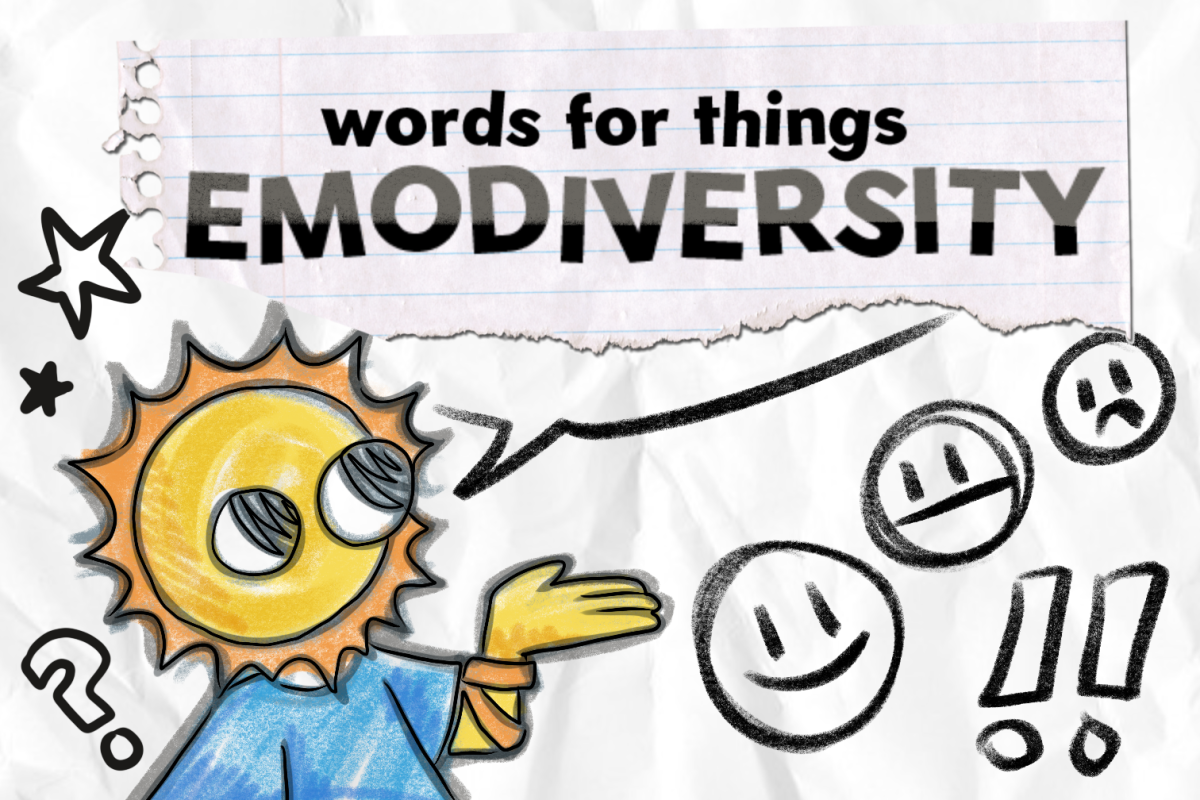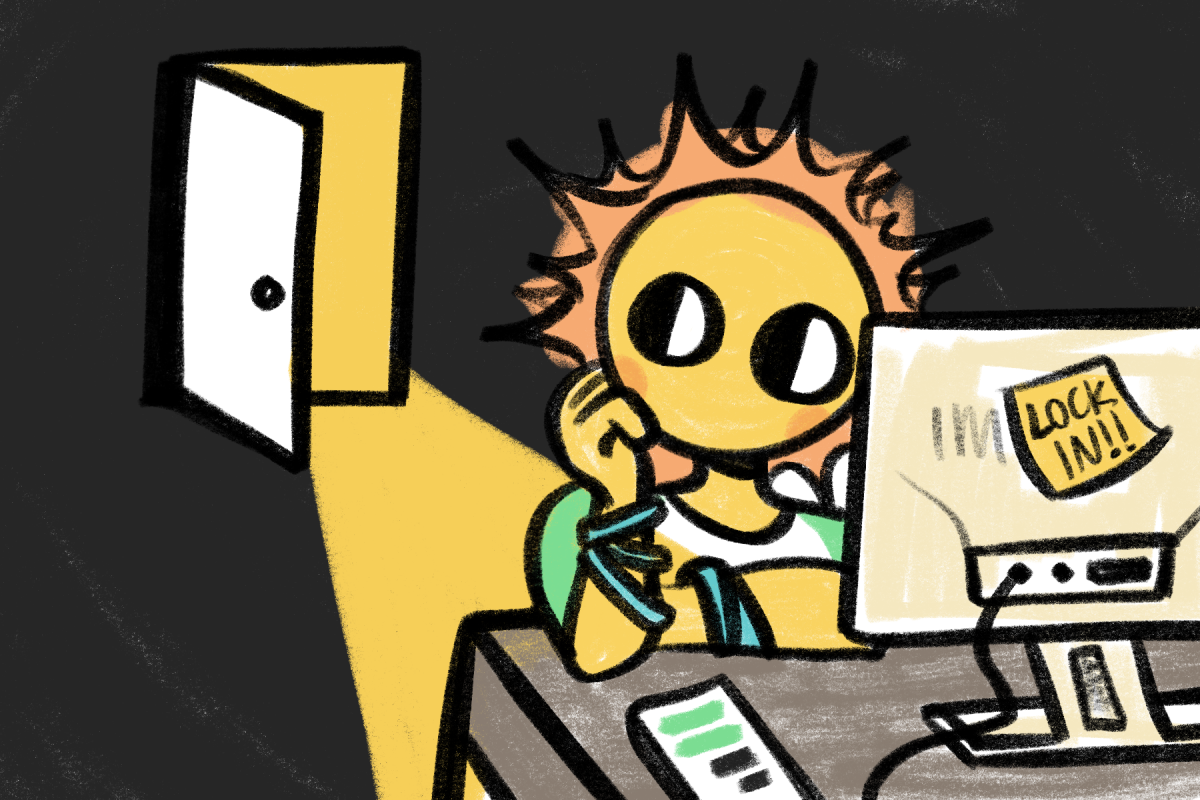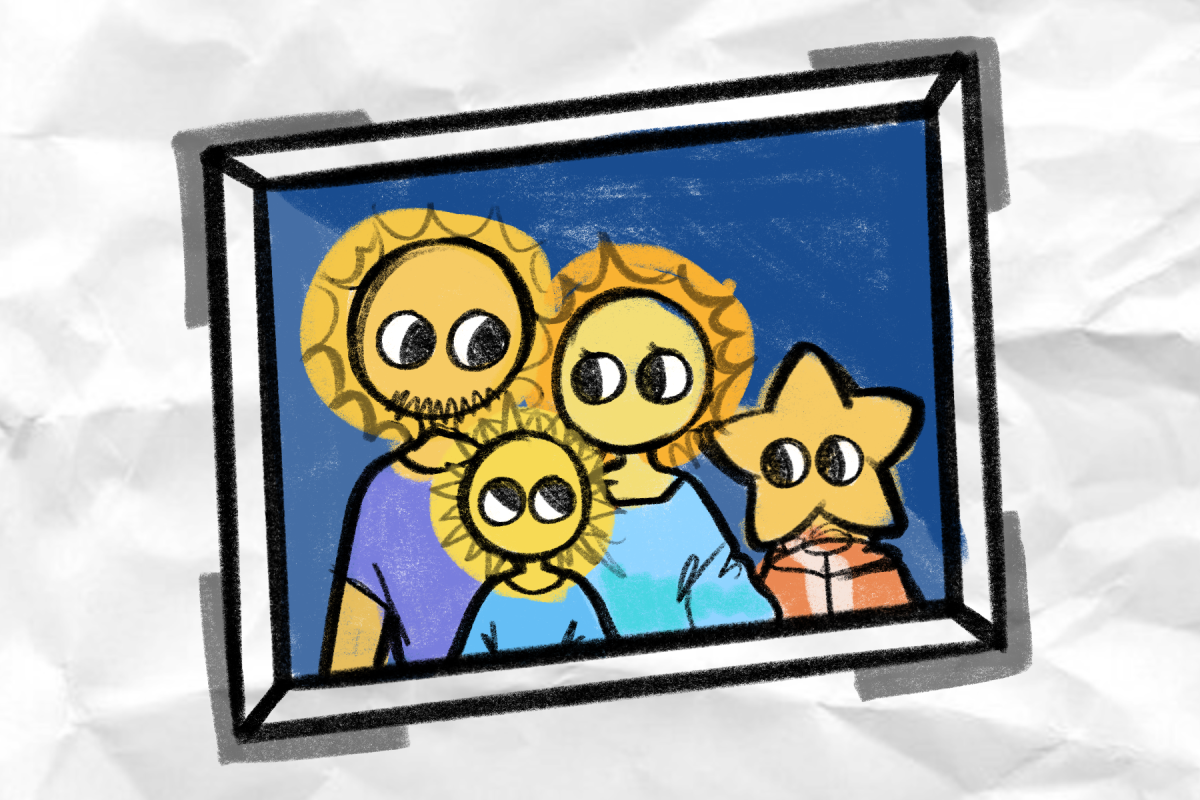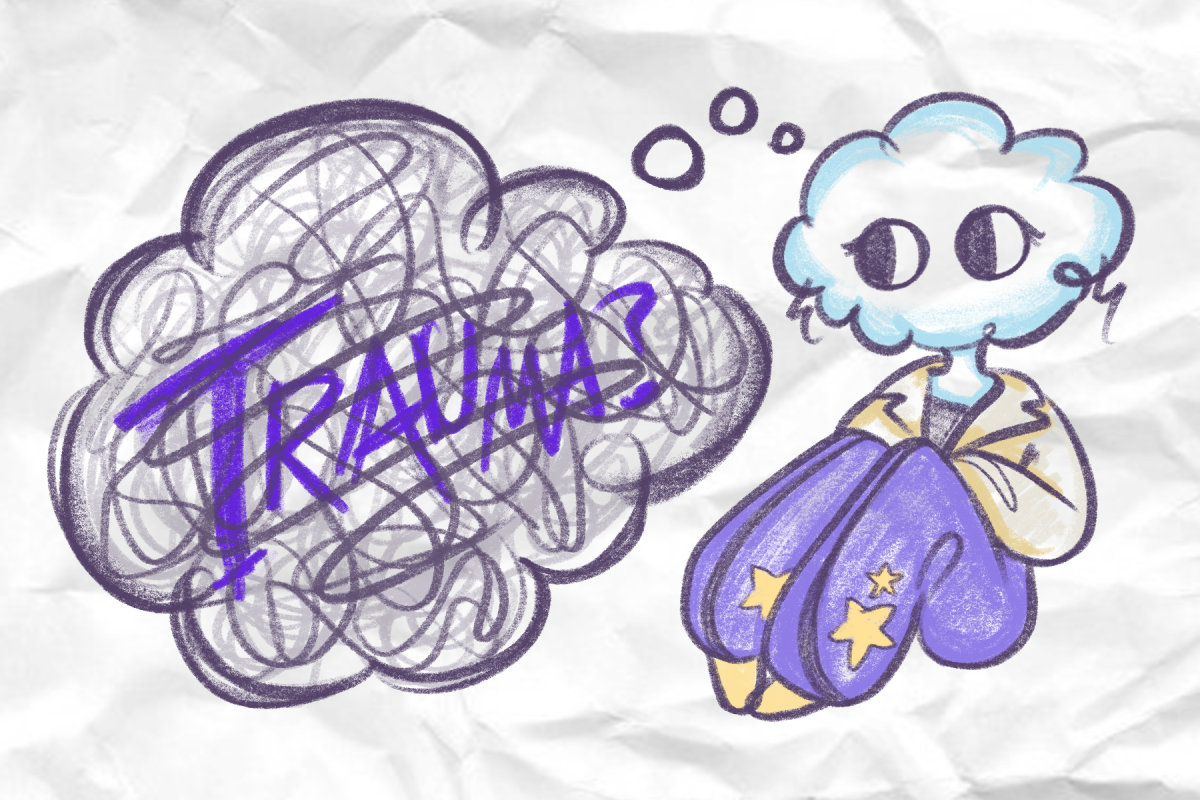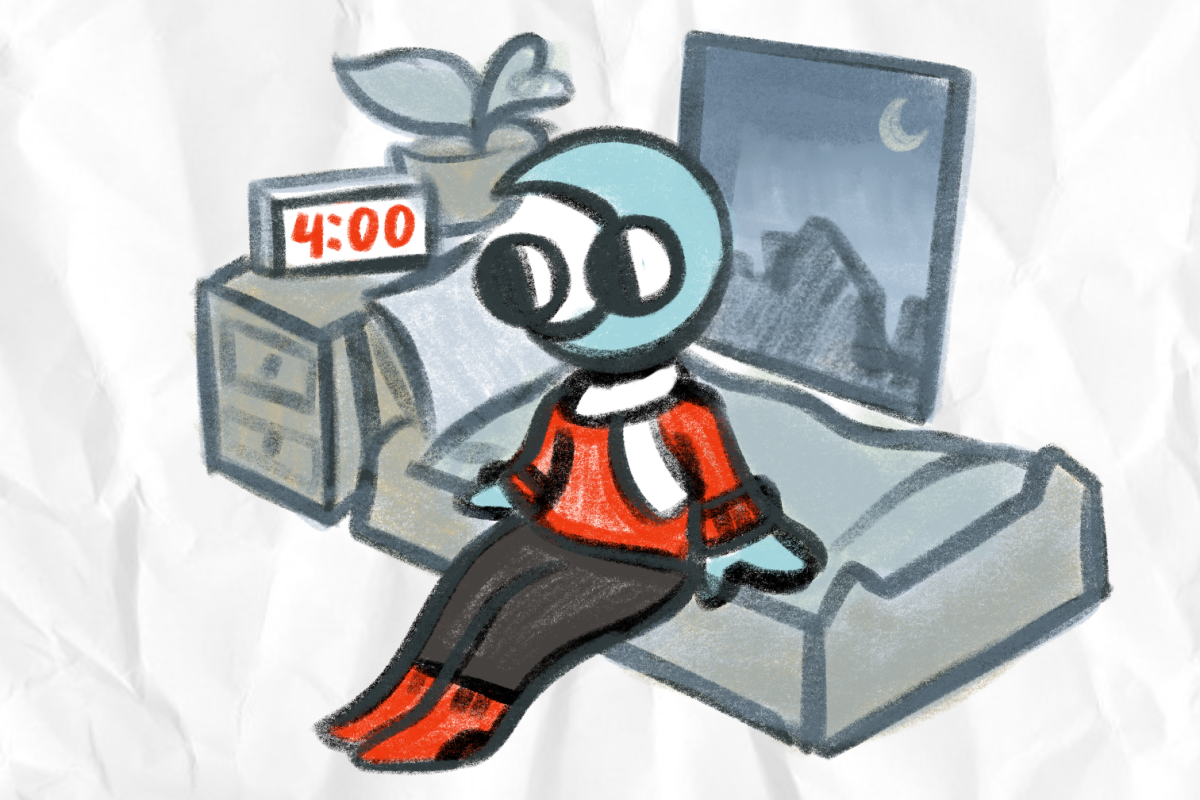My drawers are a mess. From the free stickers that came with my Etsy keychains to the fifth-grade love letters I never sent, there’s a lot I can’t afford to throw away. But even though most of those items are busy collecting dust, there is one item I pick up every year or so: my childhood journal.
It’s strawberry-themed, fluffy, hopelessly garish and most importantly, the defining text of my preteen years.
Flipping through the pages, I find myself struck by how weirdly endearing my childish perspective was. Despite being vaguely aware of my emotions, I didn’t know how to explain them. Why did I want to be liked so much? Why did all the advice I got seem to contradict each other? And why was there no word for how, suddenly, nothing made sense?
So as the fuzzy, fruit-themed journal gave way to unnamed Google Docs in middle school, I spent more and more time trying to dig everything out of my brain. It took time, but I figured out a system for working through feelings — write them down, let them sit for a day or two and evaluate the long-winded ranting from a new perspective. And it feels easy when I summarize it that way, but it took a lot of bad poetry and self-loathing to get here.
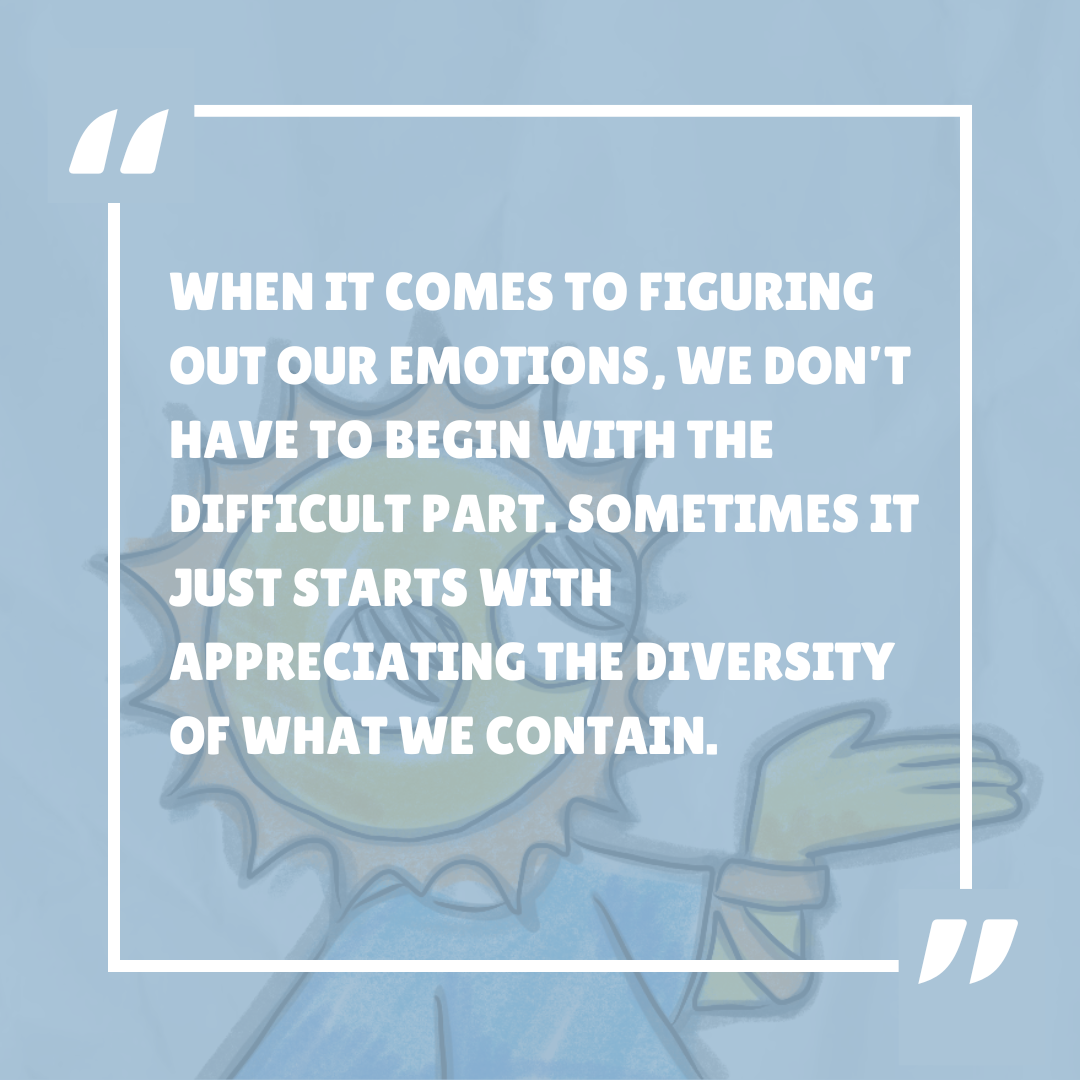
Often, there was just so much to process that the quantity became more overwhelming than the quality. Like a day with a bunch of small homework assignments, every individual feeling piled up in an uncomfortable heap. I found myself thinking that my emotions would be clearer if they were compartmentalized in their own little drawers.
But that condensed, Sparknotes version of my feelings would also be less genuine, less me — so how would I find balance between self discovery and self acceptance?
The key was embracing the diverse set of emotions instead of treating them like a burden.
There’s a word for this: emodiversity, which refers to the variety of emotions someone experiences. It’s a word I enjoy because it passes no judgment on the feelings themselves. It has been associated with better mental and physical health and could be a direct result of “emotional granularity,” or the ability to distinguish between the nuances of feelings.
I get the feeling that if I had been able to more clearly articulate my thoughts when I was younger, the process of coming to terms with the variety of my feelings would have been clearer and easier. But at the same time, clearer doesn’t mean neater. Contrary to popular belief, my many messy drawers are actually quite easy to sift through, if you know where everything is. We don’t have to compartmentalize everything or deny its complexity. Sometimes, embracing that emodiversity is beneficial to the process of self-discovery.
It goes hand in hand with language. The more words we have to describe something, the more options we have when communicating, and the more detail can be expressed when we want to. There are things we feel, and someone out there has the words for them. Emodiversity is a start.
When it comes to figuring out our emotions, we don’t have to begin with the difficult part. Sometimes it just starts with appreciating the diversity of what we contain. And here, my justification for my messy workspace comes in handy — once we know where everything is, interpretation can happen when we’re ready.



